Baseball has been around for centuries, and its rules have evolved over time. In 1854, representatives from the Knickerbockers, Gotham and Eagle clubs met to set the first rules for the game. These rules included allowing bats to be flat on one side and round on the other, defining the strike zone from shoulders to knees, and prohibiting batters from calling a pitch. In 1883, the rules changed to allow throws to be made at shoulder height.
In 1887, the rules changed again so that runners could no longer be called out on the same play once they were declared safe. This rule of permanent substitution contrasts with other sports such as basketball, hockey and American football that practice free substitution. The most recent significant rule changes, which prohibit the use of steroids and other performance-enhancing substances, have been widely supported to protect the integrity of the game. Due to frequent and often radical rule changes during this early period, the modern era is generally considered to have begun in 1901 when the American League was also formed.
The Official Baseball Rules govern all professional play in the United States and Canada, including the World Baseball Classic. The baseball regulations of the National University Athletics Association (NCAA) are also used in several other competitions involving college-age players. The rules do not specify the location of the other seven players, except that at the time the field of play is handed over they must be positioned in fair territory and not in the space between the thrower and receiver. If the ball or any part of it passes through this area it is considered a hit; otherwise it is called a ball.
Some youth or fan leagues end a game early if a team has ten or more runs ahead, a practice officially known as the advantage rule (sometimes referred to as the leniency rule or kill rule). When he meets for office, the president or in his absence, the vice-president shall appoint an arbitrator who shall keep the game in a book provided for that purpose and shall record all violations of the statutes and rules during exercise. Many baseball players, fans and managers consider the rules and traditions of professional baseball to be time-tested and almost sacrosanct.
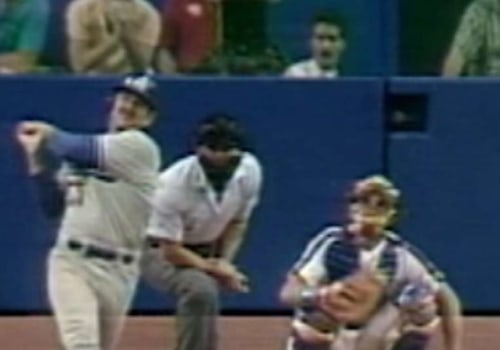
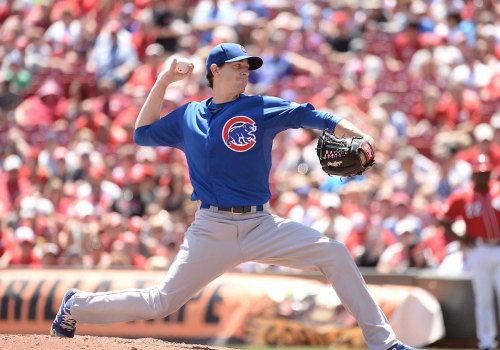

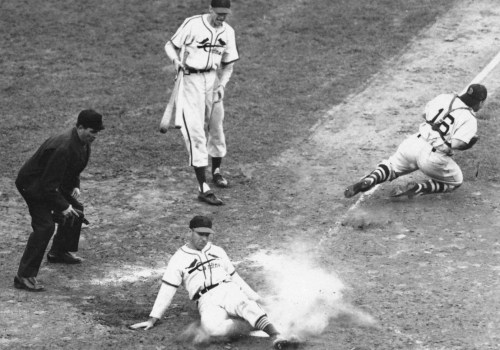

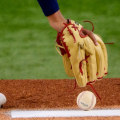
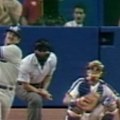

Leave a Comment